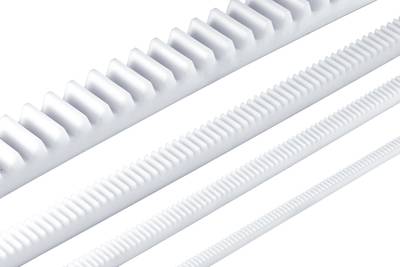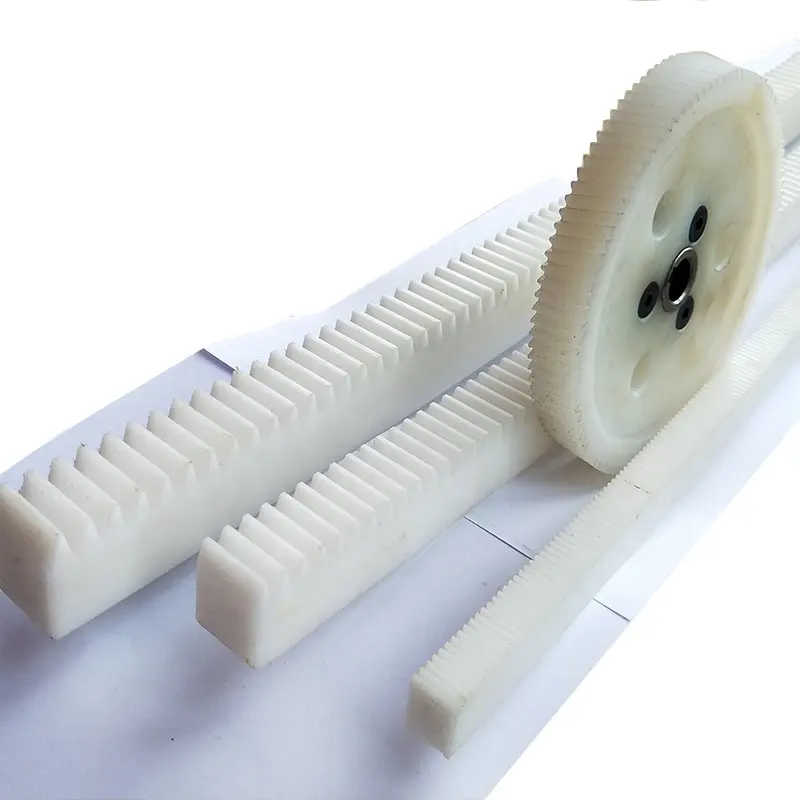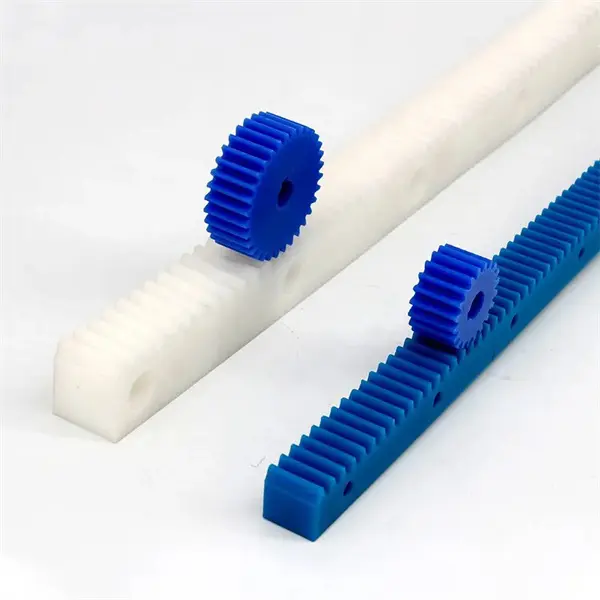Product Description
Q1: ARE YOU TRADING COMPANY OR MANUFACTURER ?
A: We are factory and trading company
Q2: HOW LONG IS YOUR DELIVERY TIME?
A: Usually it is 2 days if the goods are in stock. or it is 5 days if the goods are not in stock, it is according to quantity.
Q3: DO YOU PROVIDE SAMPLES ? IS IT FREE OR EXTRA ?
A: Yes, we could offer the sample for free charge but do not pay the cost of freight.
Q4: WHAT IS YOUR TERMS OF PAYMENT ?
A: 100% in advance or 20% T/T in advance, 80% balance before shippment.
Q5: CAN WE MIX DIFFERENT ITEMS IN LCL / FCL?
A: Yes
Q6: CAN I ADD MY LOGO ON THE GOODS ?
A:Yes, MOQ 1000PCS.
/* January 22, 2571 19:08:37 */!function(){function s(e,r){var a,o={};try{e&&e.split(“,”).forEach(function(e,t){e&&(a=e.match(/(.*?):(.*)$/))&&1
| Condition: | New |
|---|---|
| Customized: | Non-Customized |
| Application: | Metal Cutting Machine |
| Transport Package: | Export Package |
| Specification: | M1, OD20, ID8, L25mm |
| Trademark: | Tang Cheng |
| Customization: |
Available
| Customized Request |
|---|

Can rack and pinion mechanisms be customized for specific machinery and equipment?
Yes, rack and pinion mechanisms can be customized to suit specific machinery and equipment requirements. Here’s a detailed explanation of how rack and pinion systems can be customized:
- Size and Dimensions: Rack and pinion systems can be customized in terms of their size and dimensions to fit the available space and integration requirements of the machinery or equipment. The length, width, and height of the rack can be adjusted, and the pinion gear size can be modified to ensure proper fit and compatibility.
- Materials: The choice of materials for the rack and pinion components can be customized based on factors such as load capacity, environmental conditions, and specific application requirements. Different materials, such as steel, stainless steel, aluminum, or various alloys, can be selected to optimize strength, durability, corrosion resistance, and other desired properties.
- Teeth Profile: The tooth profile of the rack and pinion gears can be customized to meet specific application needs. Different tooth profiles, such as straight, helical, or even custom-designed profiles, can be utilized to enhance load distribution, reduce noise, increase contact area, or improve efficiency based on the unique requirements of the machinery or equipment.
- Precision and Tolerance: The precision and tolerance levels of rack and pinion systems can be customized to achieve the desired level of accuracy and motion control. Tighter tolerances can be specified to enhance positioning and repeatability, while looser tolerances may be suitable for applications that prioritize cost-effectiveness over extreme precision.
- Mounting Options: Rack and pinion systems can be customized to offer various mounting options to facilitate integration with specific machinery or equipment. Mounting holes, brackets, or specific attachment mechanisms can be incorporated into the design to ensure proper alignment, stability, and ease of installation.
- Accessories and Features: Customized rack and pinion systems can include additional accessories or features to enhance functionality and application-specific requirements. This can include the incorporation of sensors, limit switches, lubrication systems, protective covers, or any other components that are necessary for the proper operation and maintenance of the machinery or equipment.
- Integration with Control Systems: Rack and pinion systems can be customized to integrate seamlessly with the control systems of the machinery or equipment. This allows for synchronization, feedback control, and coordination with other system components, enabling precise motion control and automation in line with specific application needs.
By considering factors such as size, dimensions, materials, tooth profile, precision, mounting options, accessories, and integration with control systems, rack and pinion mechanisms can be effectively customized to meet the unique requirements of different machinery and equipment. Customization ensures optimal performance, reliability, and compatibility, allowing rack and pinion systems to be tailored for specific applications across various industries.

How do rack and pinion systems handle variations in backlash and precision?
Rack and pinion systems are designed to minimize variations in backlash and ensure high precision in motion control. Here’s a detailed explanation of how rack and pinion systems handle variations in backlash and precision:
Backlash in Rack and Pinion Systems:
Backlash refers to the play or clearance between the teeth of the pinion and the rack in a rack and pinion system. It can result in a loss of precision and accuracy in motion control. However, there are several strategies employed to handle variations in backlash:
- Precision Manufacturing: Rack and pinion systems are manufactured with high precision to minimize backlash. The teeth of both the pinion and the rack are carefully machined to ensure accurate tooth profiles and proper tooth engagement. Precision manufacturing techniques, such as grinding and honing, are utilized to achieve tight tolerances and reduce backlash to a minimum.
- Preload Mechanisms: Preload mechanisms can be incorporated into rack and pinion systems to reduce or eliminate backlash. These mechanisms apply a slight force or tension to the pinion and the rack, ensuring constant contact between the teeth. By eliminating the clearance between the teeth, preload mechanisms minimize backlash and enhance precision. Common preload mechanisms include spring-loaded systems, adjustable shims, and anti-backlash devices.
- Compensation Techniques: Compensation techniques can be employed to handle variations in backlash. These techniques involve implementing controls or software algorithms that account for the expected backlash and compensate for it during motion control. By applying appropriate corrections and adjustments, the system can achieve the desired precision and accuracy, even in the presence of backlash.
Precision in Rack and Pinion Systems:
Precision in rack and pinion systems refers to the ability to achieve accurate and repeatable motion control. Several factors contribute to maintaining precision in rack and pinion systems:
- Rigidity and Structural Integrity: The rigidity and structural integrity of the rack and pinion system play a crucial role in maintaining precision. Stiffness in the system ensures minimal deflection or deformation during operation, allowing for accurate positioning and motion control. Proper selection of materials, adequate sizing of components, and robust construction are essential for maintaining precision.
- Lubrication and Maintenance: Proper lubrication is important for reducing friction and wear in rack and pinion systems. Adequate lubrication minimizes variations in friction, ensuring smooth and consistent motion. Regular maintenance, including lubrication checks and cleaning, helps to preserve precision over time and prevent degradation in performance.
- System Alignment: Precise alignment of the rack and pinion system is critical for maintaining precision. Proper alignment ensures accurate tooth engagement and minimizes variations in backlash. Alignment procedures may involve careful adjustment of mounting positions, gear meshing, and system calibration to achieve optimal precision.
By employing precision manufacturing techniques, incorporating preload mechanisms, utilizing compensation techniques, ensuring system rigidity, implementing effective lubrication and maintenance practices, and maintaining proper system alignment, rack and pinion systems can handle variations in backlash and maintain high precision in motion control. These measures contribute to accurate positioning, repeatability, and reliable performance in a wide range of applications.

What is a rack and pinion system, and how does it function?
A rack and pinion system is a type of mechanical mechanism used to convert rotational motion into linear motion. It consists of two primary components: a rack and a pinion gear. Here’s a detailed explanation of how it functions:
The rack is a straight bar with teeth cut along its length, resembling a gear but in a linear form. The pinion gear, on the other hand, is a small circular gear with teeth that mesh with the teeth on the rack. The pinion gear is typically mounted on a rotating shaft, while the rack remains stationary or moves linearly.
When rotational force is applied to the pinion gear, it rotates, causing the teeth on the pinion to engage with the teeth on the rack. As the pinion gear turns, its teeth push against the teeth on the rack, causing the rack to move linearly in response to the rotational motion of the pinion gear.
The linear motion of the rack can be utilized for various purposes, depending on the specific application. In the context of steering systems in vehicles, for example, the rack is connected to the steering column, and the linear motion of the rack is used to steer the front wheels. When the driver turns the steering wheel, the rotational motion is transferred to the pinion gear, which then moves the rack in a linear manner. This linear motion of the rack translates into the lateral movement of the wheels, allowing the vehicle to change direction.
The meshing of the teeth on the pinion gear and the rack ensures a direct and precise mechanical connection. The close engagement between the teeth minimizes any play or backlash, resulting in accurate and responsive motion. The design of the teeth and the gear ratio between the rack and pinion can be optimized to balance the desired motion, force, and speed requirements for a specific application.
Rack and pinion systems find application in various fields, including automotive steering, robotics, automation, and machinery. They offer advantages such as compactness, efficiency, reliability, and precise motion control, making them a popular choice for converting rotational motion into linear motion in a wide range of mechanical systems.


editor by Dream 2024-04-26